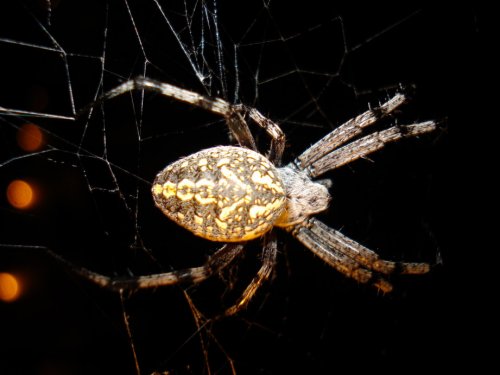Edward Kim
Established Member
So i've been experimenting with local insects in my area as possible feeders. I currently breed Meru's which in my experience are picky eaters. I recently located a field which houses hundreds of garden spiders (Araneus diadematus) and thought they would be a nutritional meal especially because their so plump and juicy looking. I fed one of my male last night (he tagged that sucker out of the cup) and he seems to be doing well. I did some research and some entomology sites state the the venom they carry is mild. Has anyone had any experience with these spiders as feeders they sure are beautiful?
Cheers,
Ed
Cheers,
Ed





